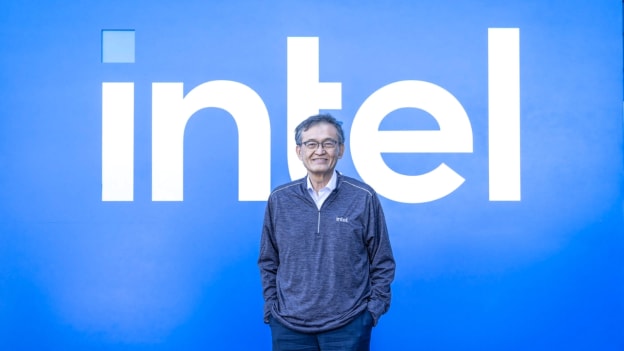Intel CEO Tan eyes middle management layoffs to fix execution failures

Intel is likely to embark on another round of organisational restructuring, this time targeting middle management, as part of new CEO Lip-Bu Tan’s vision to create a more agile and responsive company. The tech giant, once the world's leading chipmaker, is in the midst of a difficult recovery after a prolonged sales slump and a staggering $19 billion loss last year.
The company’s Chief Financial Officer, David Zinsner, shared details of the planned restructuring during a presentation at a J.P. Morgan investment conference in Boston on Tuesday. He emphasised that while the strategy introduced by former CEO Pat Gelsinger would remain largely intact, Tan is focused on streamlining Intel’s internal hierarchy.
“He [Tan] isn’t thinking about massive changes,” Zinsner said, indicating that a previously discussed possibility of splitting Intel’s chip design and manufacturing businesses is currently off the table. However, Tan is prioritising operational efficiency and clearer communication across teams — particularly between engineers and senior leadership.
This shift in approach includes plans for “several months” of job cuts, with middle managers in the crosshairs. Intel has not confirmed how many roles will be eliminated, but internal sources say staff are expected to be notified of layoffs by mid-June. Factory workers were informed last week that decisions are underway.
Zinsner noted that flattening the organisational structure will allow engineers more say in product design and provide a direct line of communication between frontline teams and the CEO. “What he [Tan] wants is the lowest level of the organisation to be closer to him,” Zinsner added.
Intel currently faces mounting pressure from investors and the market. Its shares have taken a hit in recent years due to falling sales and competition from rivals like AMD and Nvidia. Although the company’s stock rose 1.7% on Tuesday to $22.56 following the announcement, Intel remains under scrutiny.
Tan’s cost-cutting initiative comes after Intel cut 15,000 jobs in 2024. Morale within the company has reportedly dipped further in recent months amid fears of more layoffs and changes to employee working conditions. Tan has also mandated a four-day office return, a move that has stirred discontent among staff still accustomed to hybrid models introduced during the pandemic.
Zinsner blamed remote work for some of Intel’s performance issues, saying it had inhibited the company’s ability to execute product roadmaps and meet technological milestones. “We did have a number of the team that was not working on site full time. I think to some degree that has impacted our ability to execute,” he said.
Tan, who joined Intel in March 2025, has been clear in his intention to enhance decision-making, reduce bureaucracy, and recruit top talent. Despite internal unease, executives argue that his presence could reinvigorate the company’s appeal among semiconductor professionals. “Tan is a magnet for talent,” Zinsner noted.
Still, challenges remain. Intel has been slow to gain traction with its Intel Foundry business — the company’s bid to manufacture chips for other firms. Despite high hopes, the initiative has yet to secure meaningful client commitments, casting doubts over its timeline and viability.
Zinsner admitted the lack of progress was frustrating, adding, “It’s a little bit embarrassing we haven’t been delivering better products to customers.” However, he maintained that the contract manufacturing business is still expected to break even by 2027.
Tan’s vision may not radically reshape Intel’s strategic priorities, but it signals a clear shift in how the company intends to execute them. With the spotlight on reducing internal drag, empowering engineers, and improving agility, Intel is banking on its new leadership to turn the ship around — without fragmenting the business.
As the company walks a delicate tightrope between cost control, talent retention, and innovation, Intel’s next few quarters will serve as a litmus test for Tan’s leadership. For now, the message is clear: fewer layers, sharper execution, and closer alignment between Intel’s vision and its front-line teams.










